May the Odds Be Ever in Your Favor
Let the Viz Begin
I tried a few different visualizations but kept coming back to the survival and the odds. Career tributes are favored more than "volunteers." I kept it simple and just focused on a couple of things. I worked on this viz for a hour or so to explore the data and then worked on refining the viz for a total of one hour spread over three days the week the submissions are due. Here's what that effort got me:
Why Submit?
2. I felt inspired and wanted to share that.
3. Why not? After five years and a couple of feeders of wanting to enter, I didn't have the time or energy. So when I finally did, why not enter? The worse that can happen is that I don't win and someone thinks this is WTF worthy. Or maybe, one of the judges is like the world's biggest THG fan and really appreciates that I've used a color palette that was used in movie promos for the book. Or they see the nuance of the game-makers rating (they tend to rate them similarly but will choose to rate a tribute higher than the others to make them a target). Or maybe they just love dystopian novels. But seriously, there was no good reason for me not to submit it. This submission was for me.
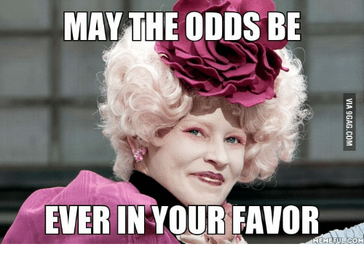
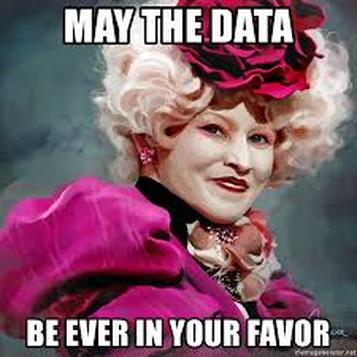
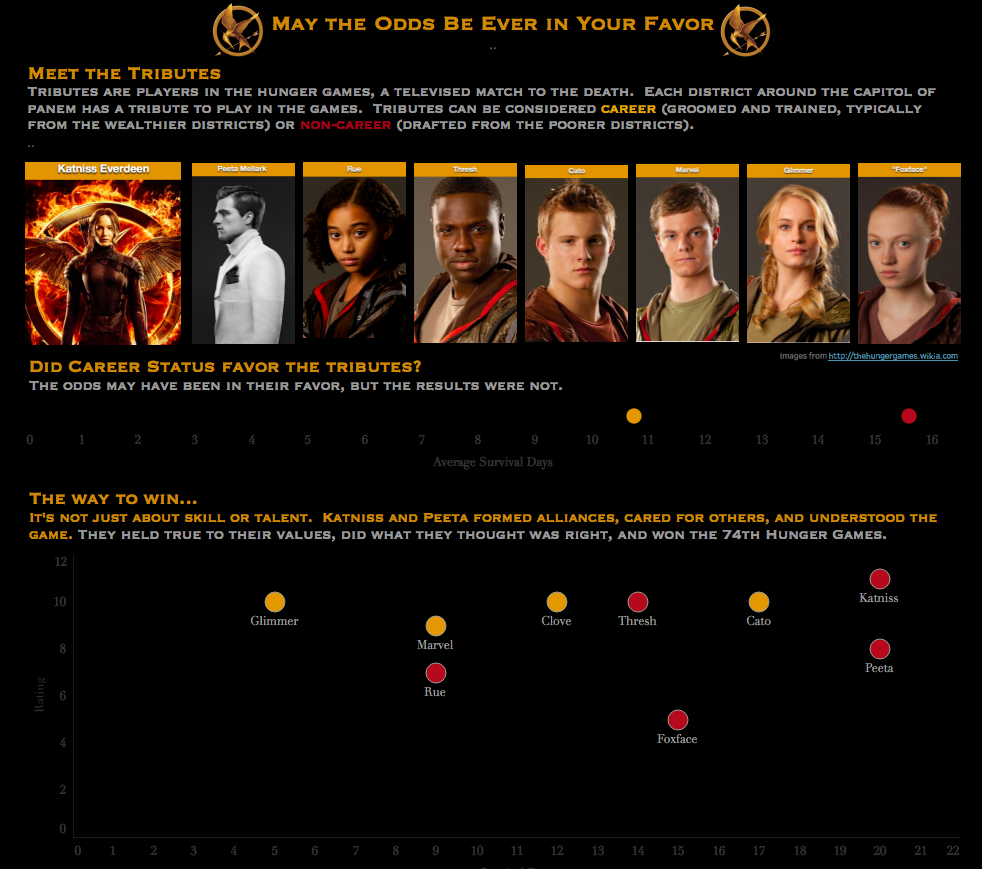
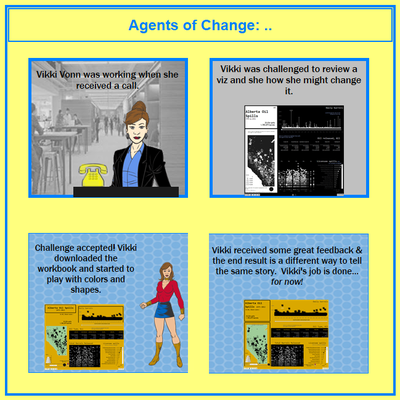
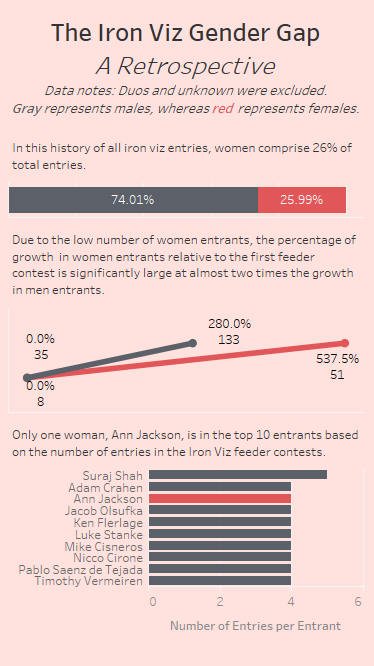
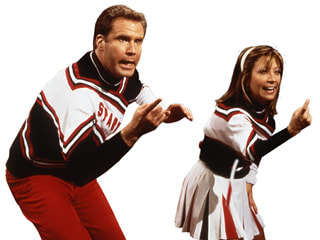
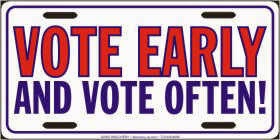


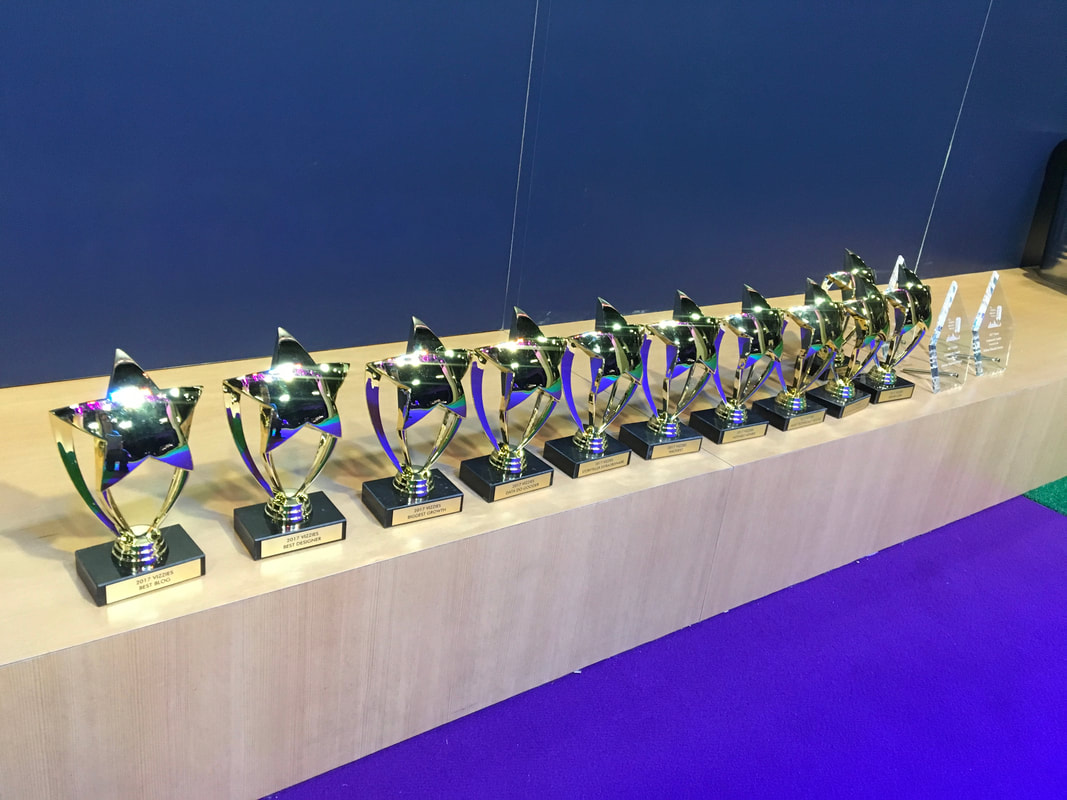
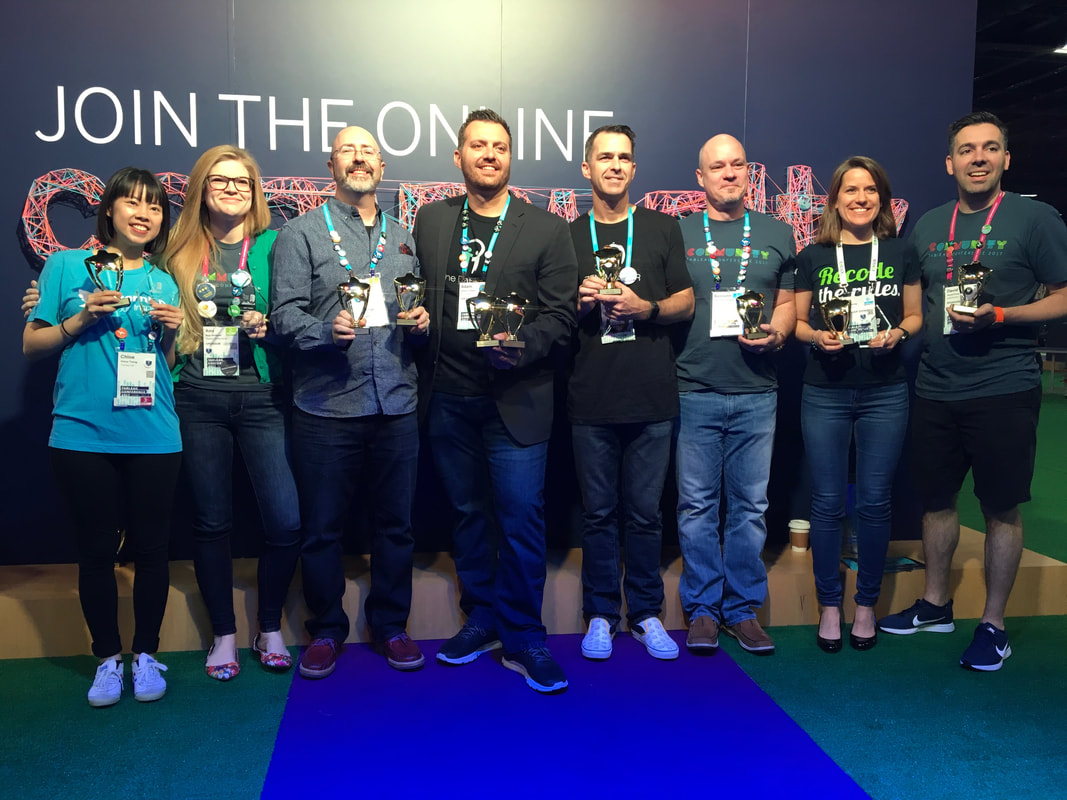
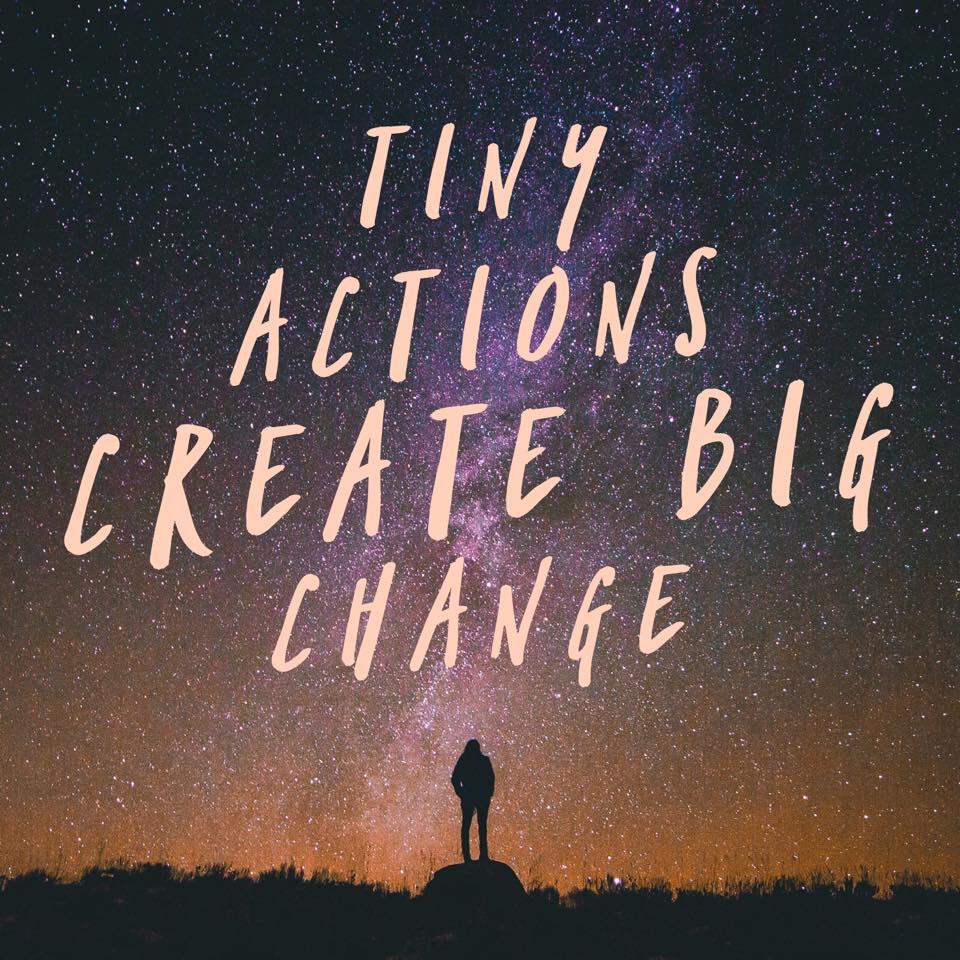
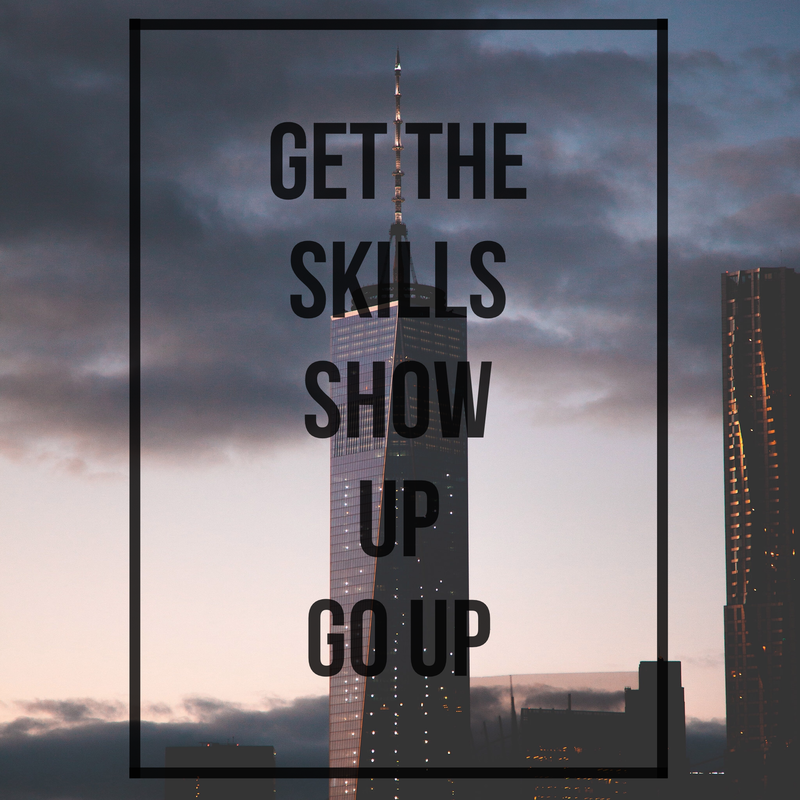
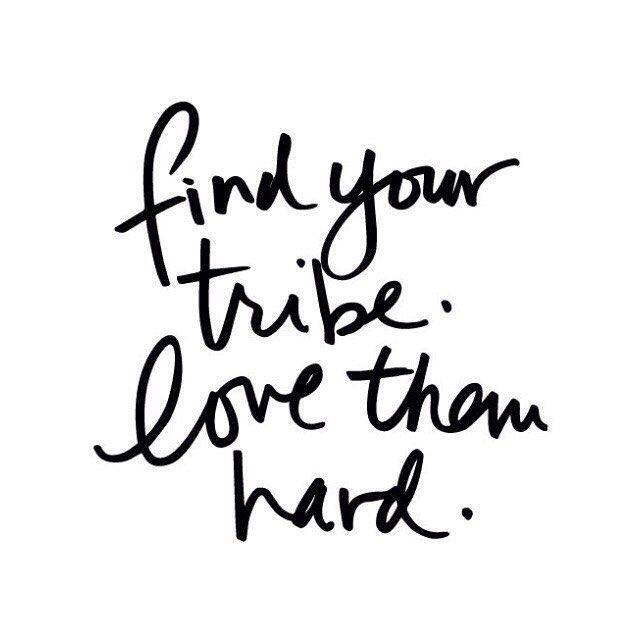

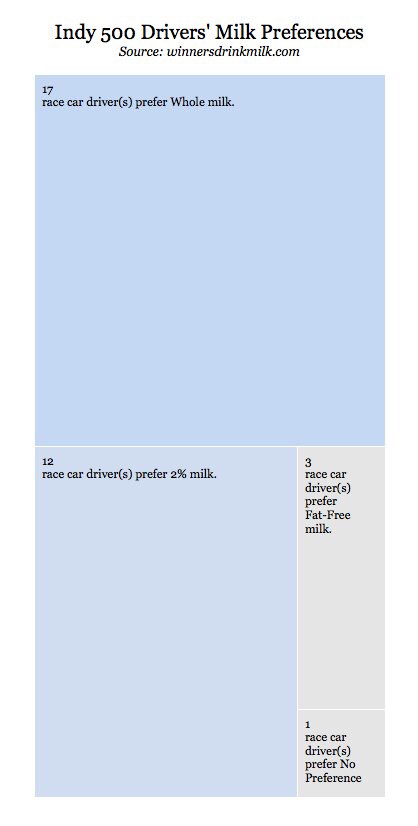

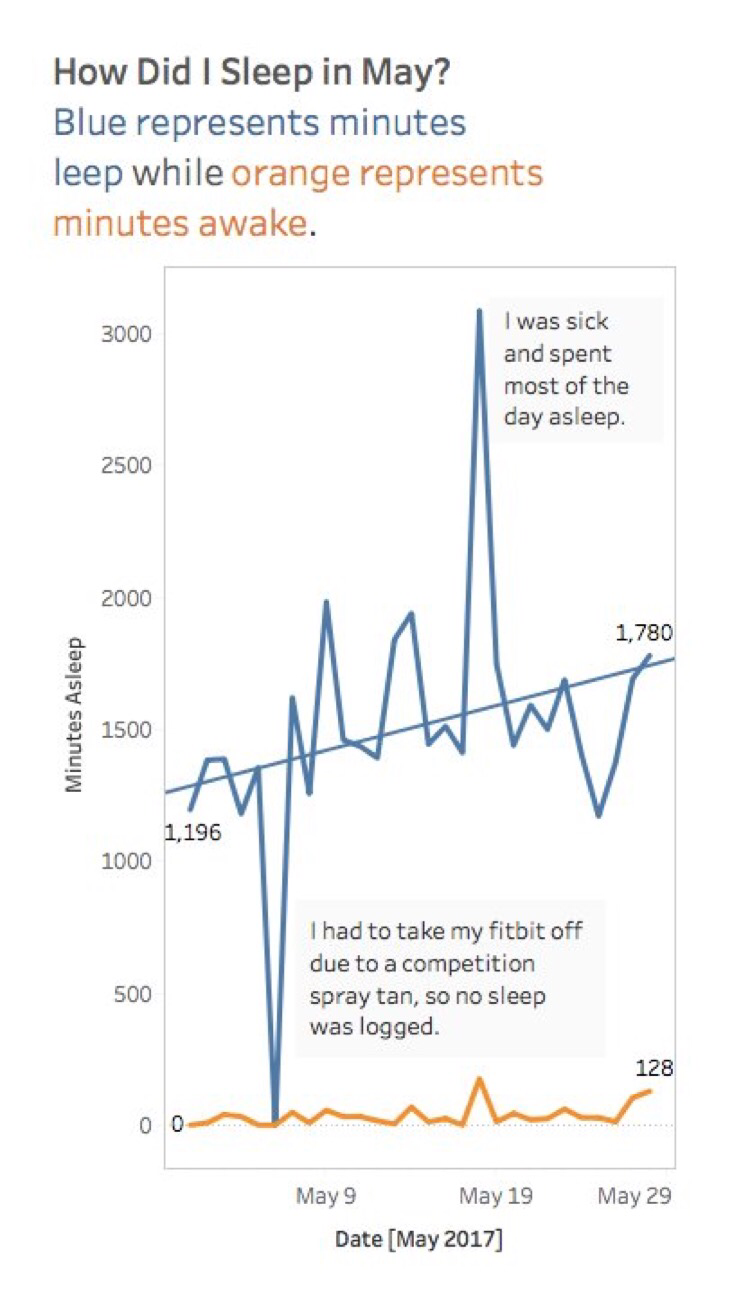
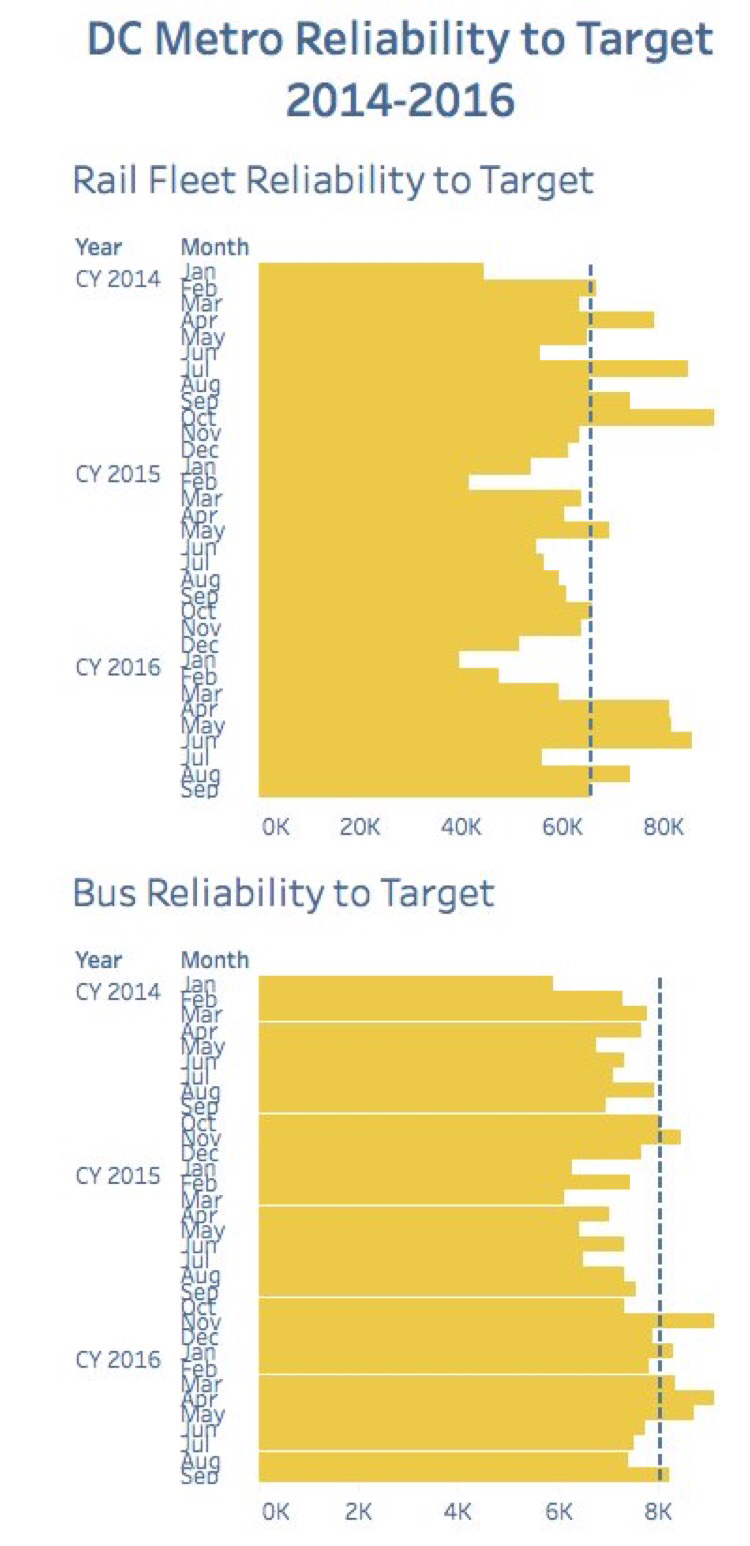
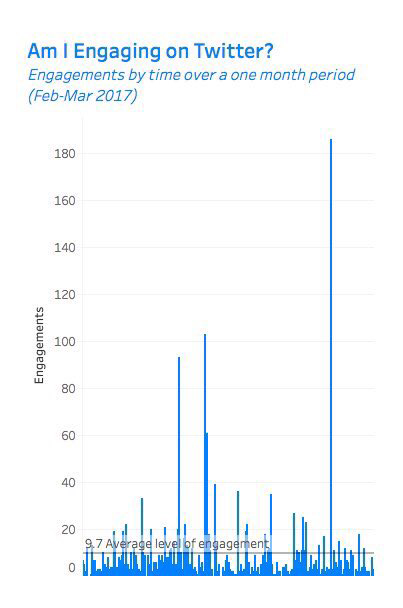
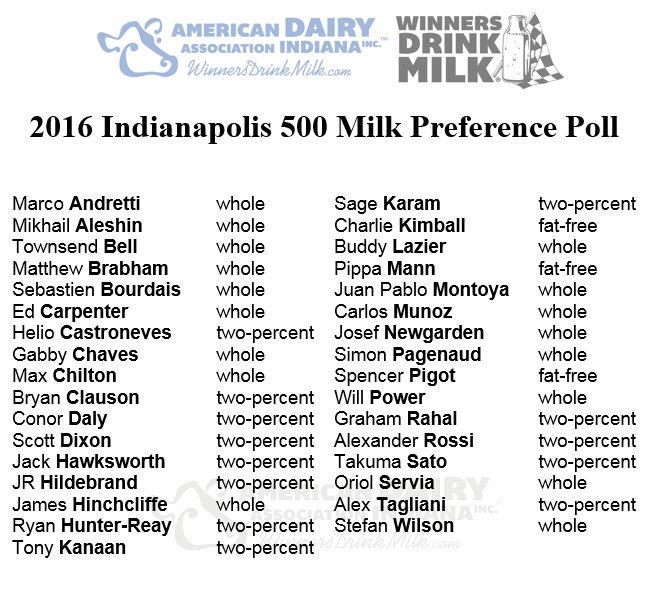
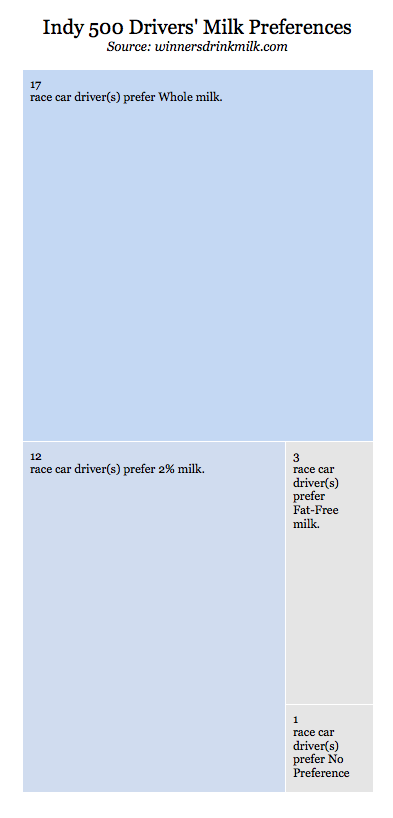
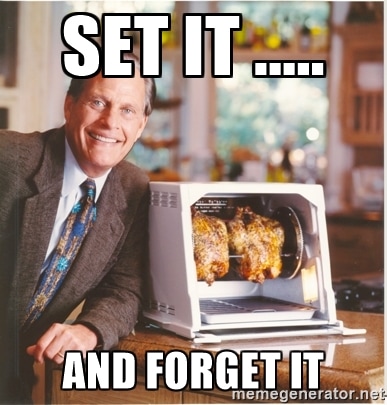

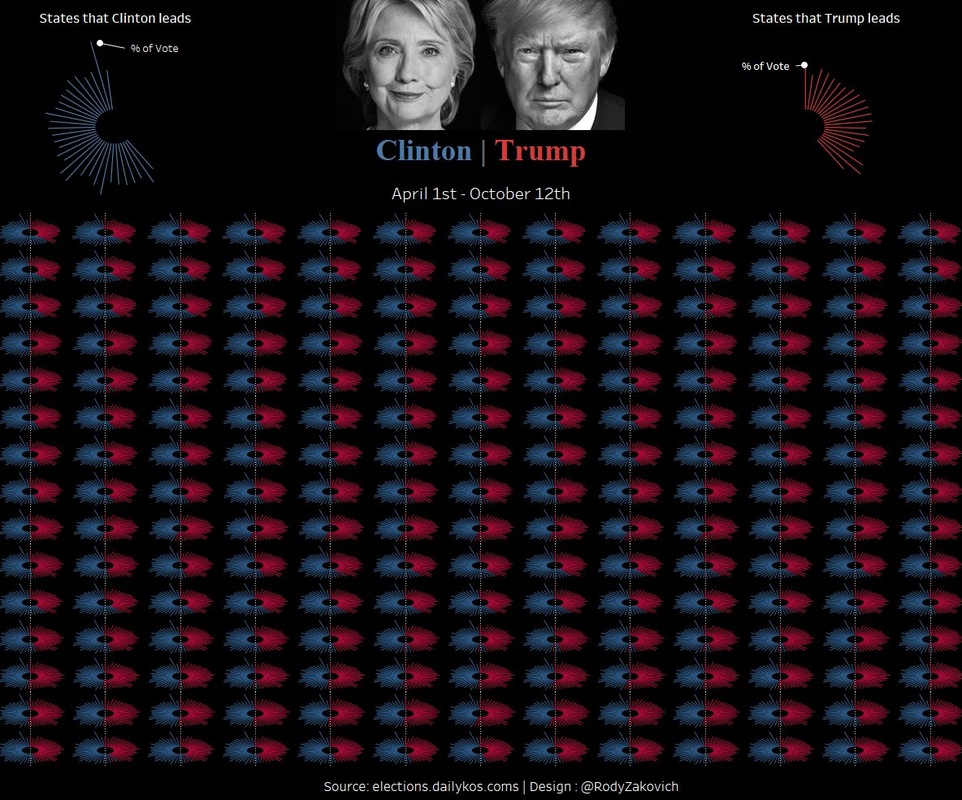
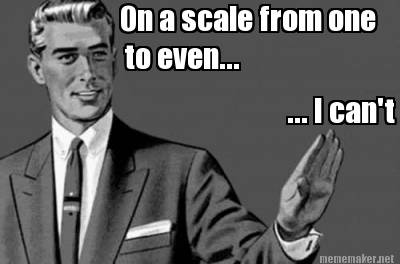
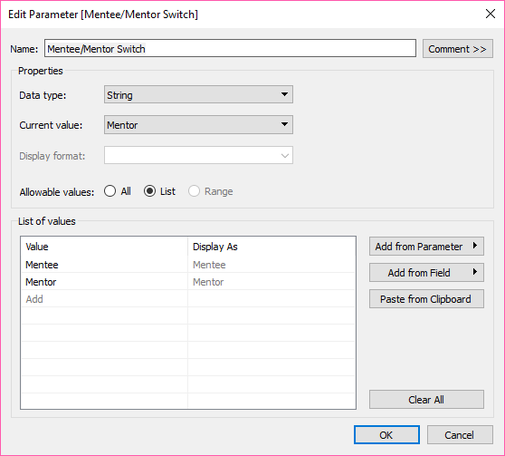
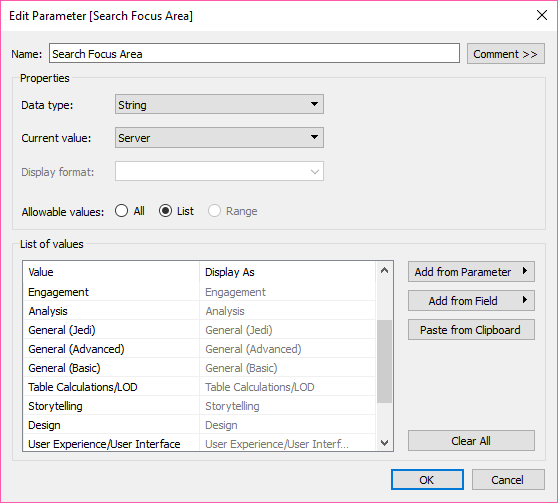

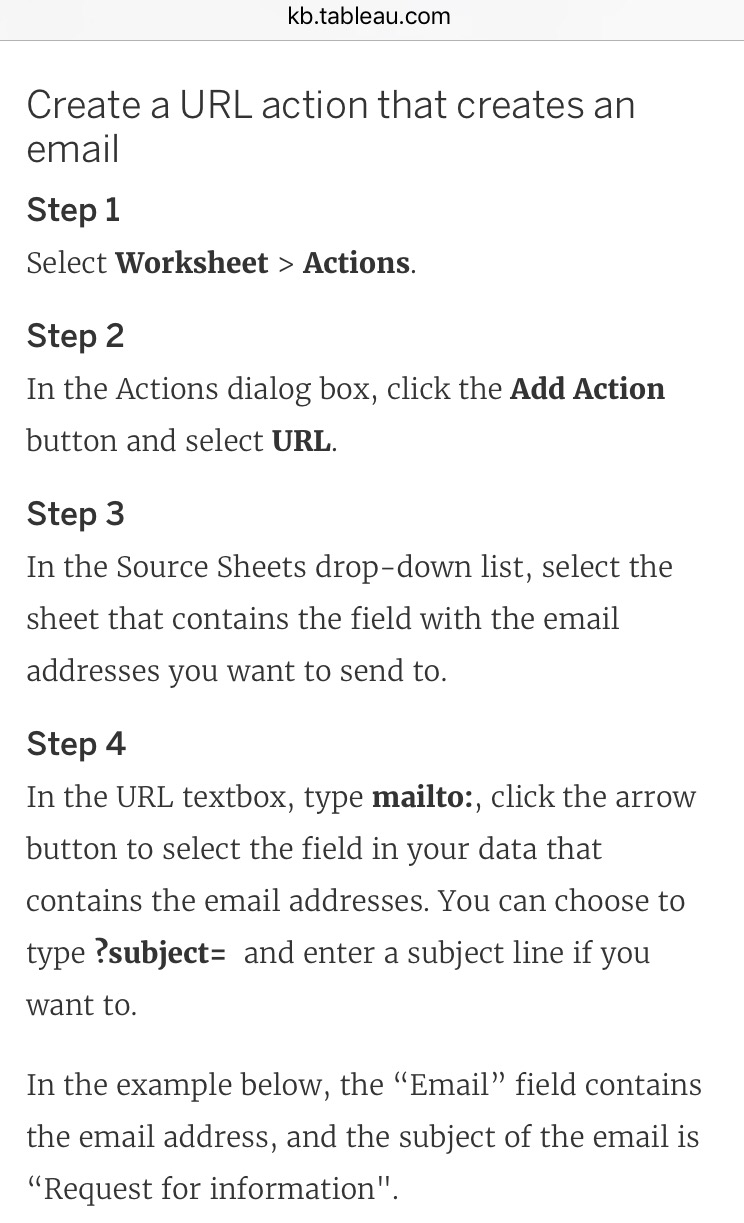
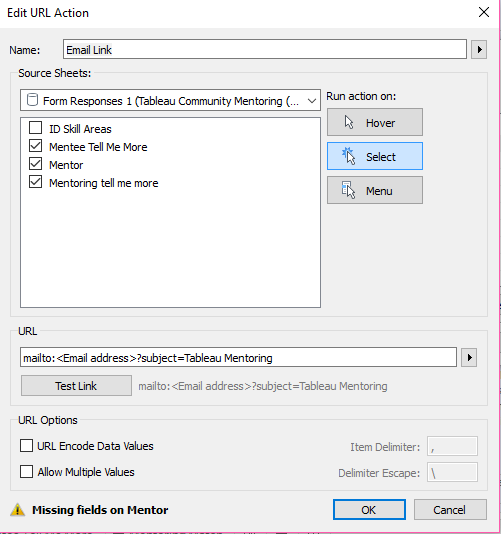
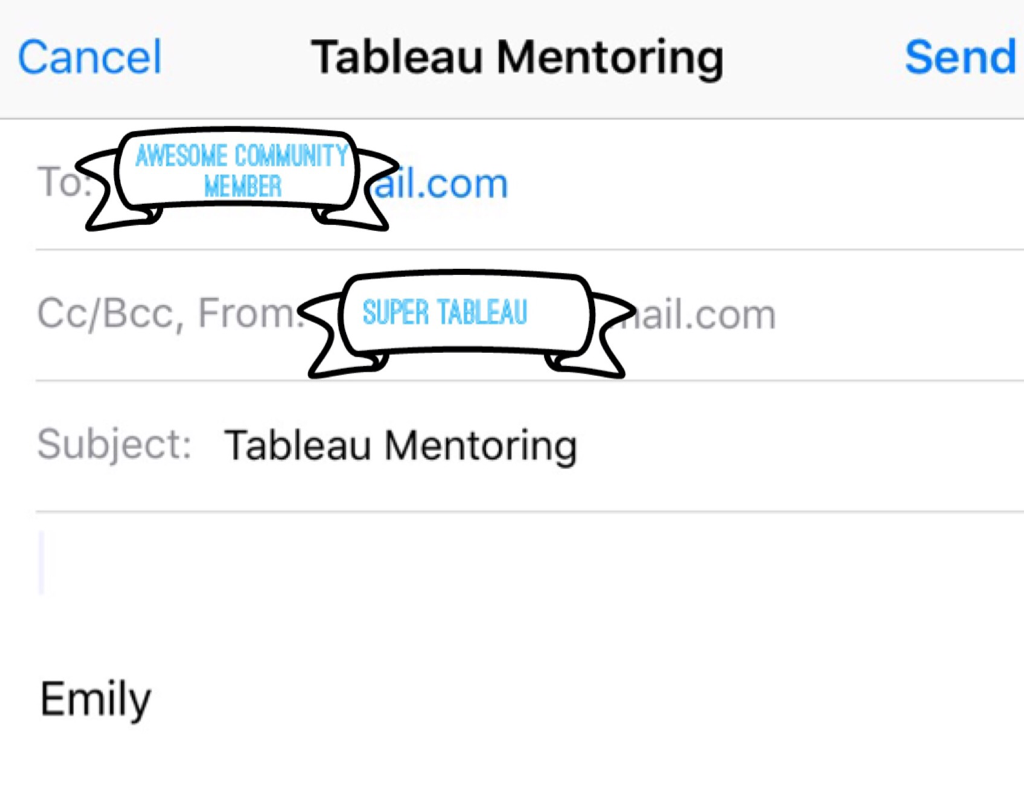
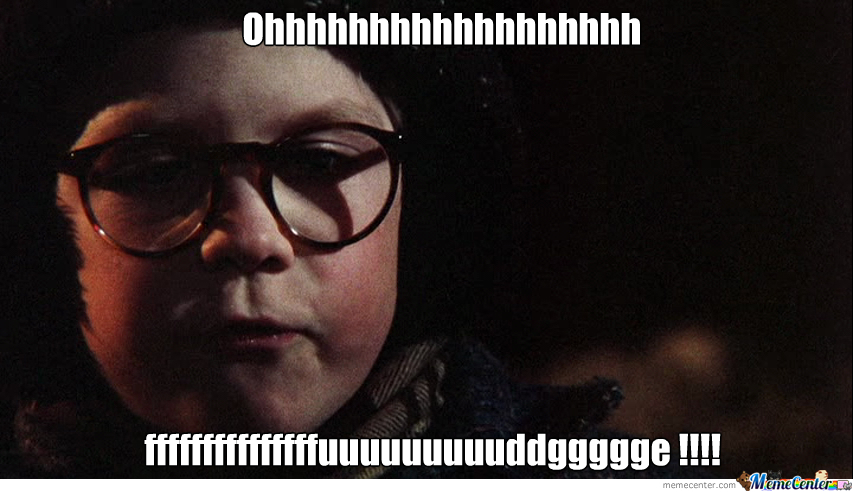


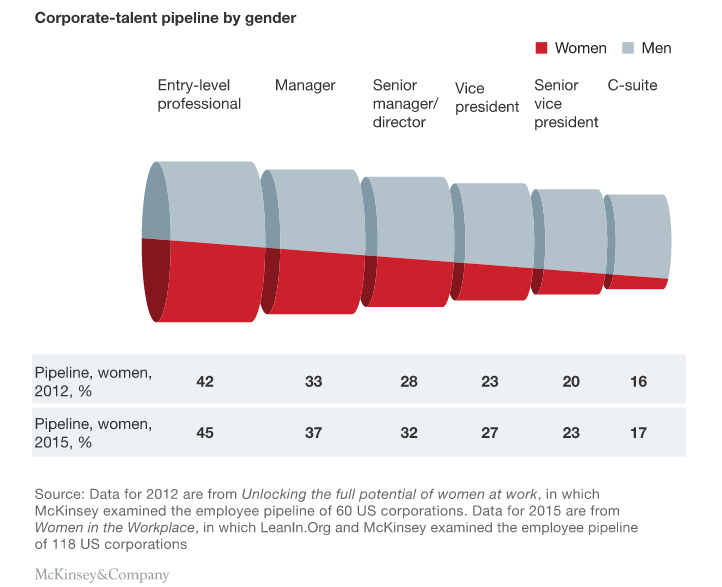
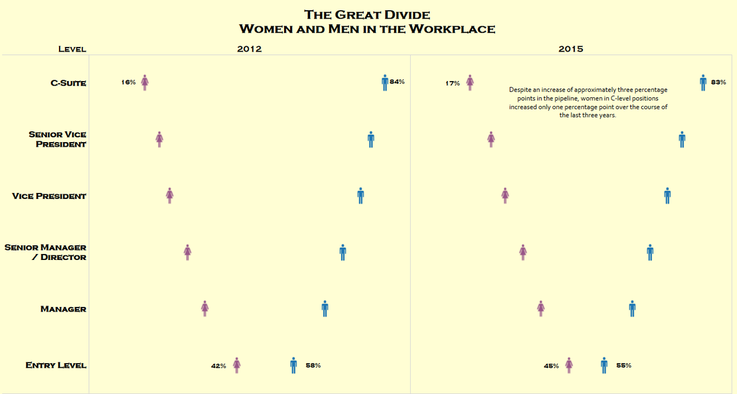
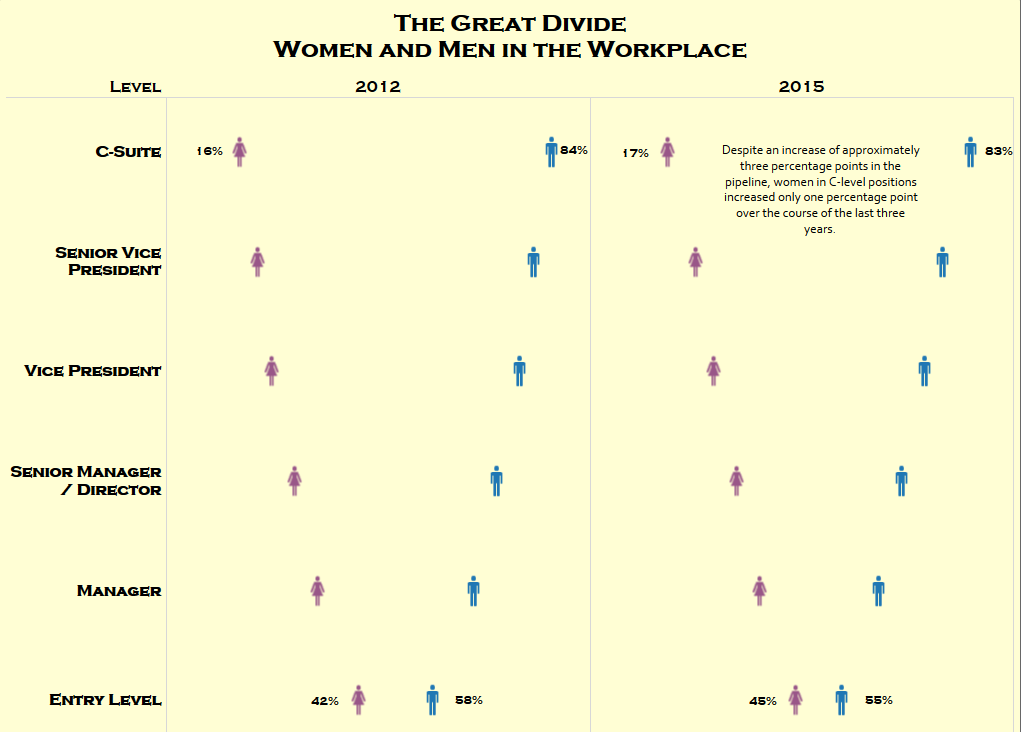

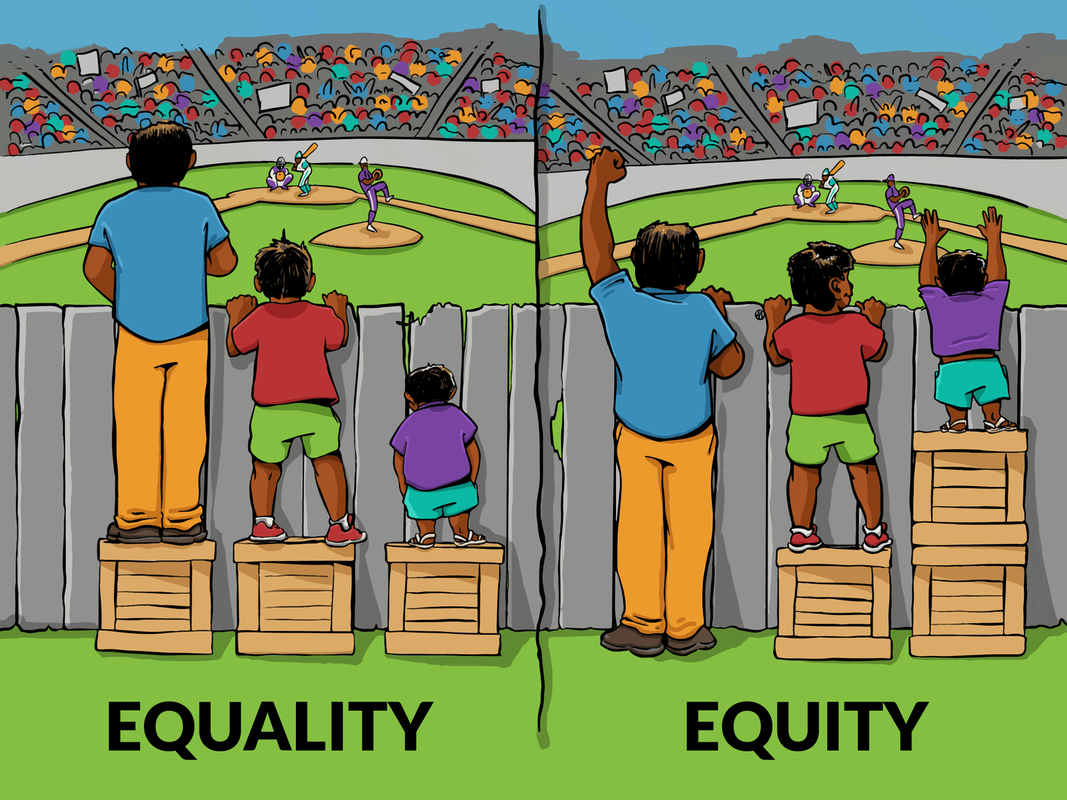
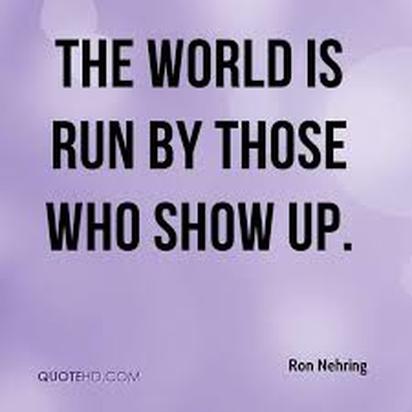
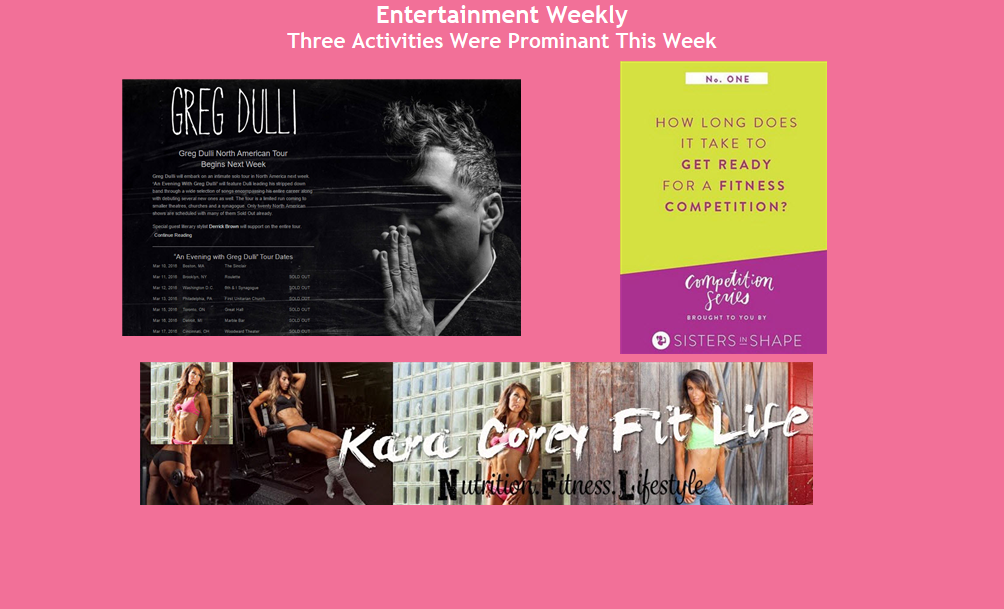
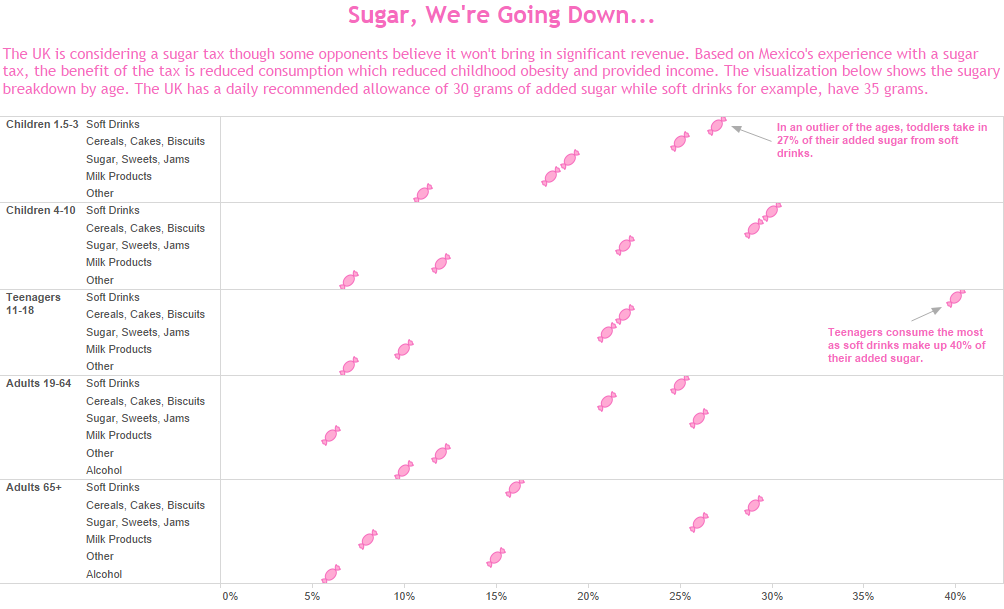
 RSS Feed
RSS Feed
